The first droplets hit the pavement, and something magical begins to stir in the natural world. While most of us rush indoors to escape the downpour, an entirely different drama unfolds outside our windows. Rain doesn’t just water our gardens and fill our gutters – it acts as nature’s alarm clock, awakening creatures that have been patiently waiting beneath the surface for this exact moment.
You might think rain drives all insects into hiding, but you’d be surprisingly wrong. Some of nature’s most fascinating six-legged residents actually depend on rainfall to make their grand appearance. These remarkable creatures have evolved intricate strategies to time their emergence with wet weather, creating one of the most overlooked spectacles in the natural world.
The Science Behind Rain-Triggered Insect Emergence
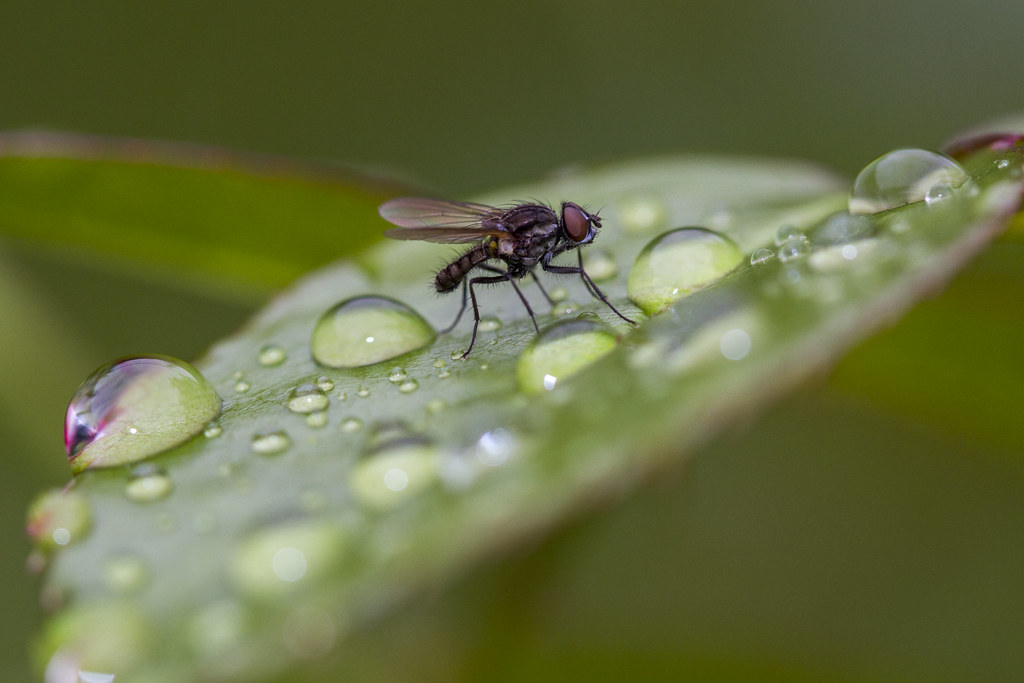
Rain creates a complex chain reaction in the insect world that’s both fascinating and scientifically profound. When water saturates the soil, it changes everything from oxygen levels to temperature, creating the perfect conditions for certain species to emerge from their underground hideouts.
The moisture doesn’t just soften the ground – it triggers chemical signals that tell insects it’s time to move. Many species have evolved to recognize specific humidity levels and barometric pressure changes that accompany rainfall. It’s like nature’s own weather app, but infinitely more sophisticated.
Termite Swarmers: Nature’s Wedding Flight
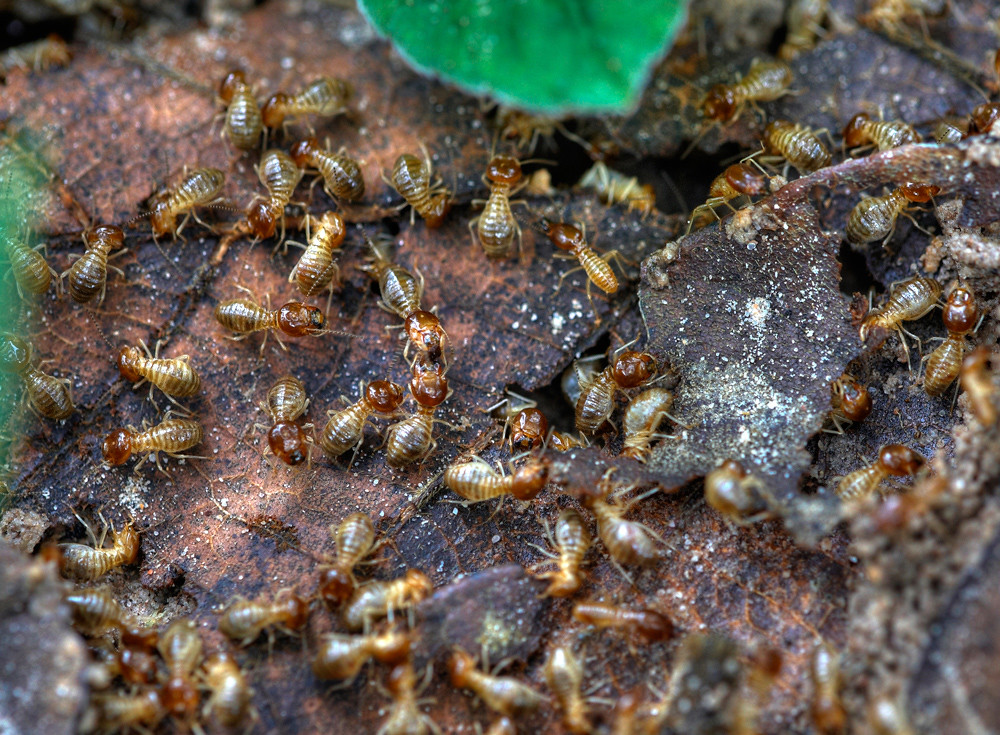
Perhaps no insect is more dramatically tied to rainfall than the termite swarmer. These winged reproductive termites spend most of their lives hidden in underground colonies, waiting for the perfect storm – literally.
When heavy rains arrive, particularly during warm spring and summer months, termite swarmers emerge by the thousands in what scientists call a “nuptial flight.” The moisture signals that conditions are ideal for establishing new colonies. You’ll often see them swarming around outdoor lights after a good downpour, their wings shimmering in the humid air.
What makes this phenomenon truly remarkable is the coordination involved. Entire colonies seem to know instinctively when the moment is right, creating massive synchronized emergences that can blanket entire neighborhoods.
Mayflies: Masters of Perfect Timing
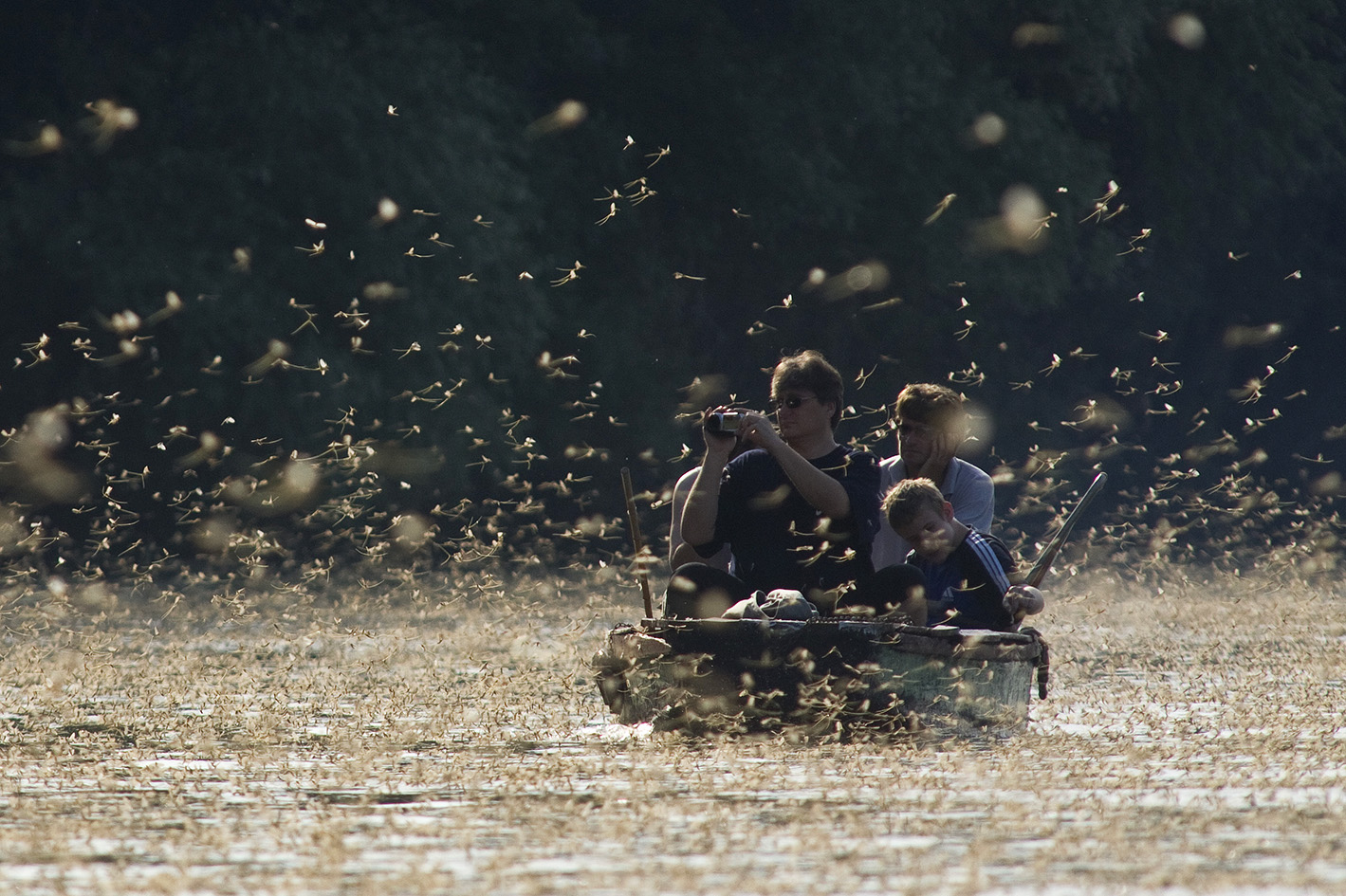
Mayflies are perhaps the most dramatic example of rain-triggered emergence in the insect world. These delicate creatures spend months or even years as aquatic nymphs, waiting for the perfect combination of temperature and rainfall to trigger their transformation.
When conditions align after a gentle rain, mayflies emerge en masse from rivers, lakes, and streams. Their synchronized emergence is so precise that entire swarms can appear within hours of each other. The sight of thousands of mayflies dancing in the post-rain air is both beautiful and fleeting – most adult mayflies live only 24 hours.
The rain doesn’t just trigger their emergence; it also provides the humidity their fragile bodies need to survive their brief adult lives. Without adequate moisture, these ethereal insects would desiccate within minutes of leaving the water.
Flying Ants: The Underground Army Awakens
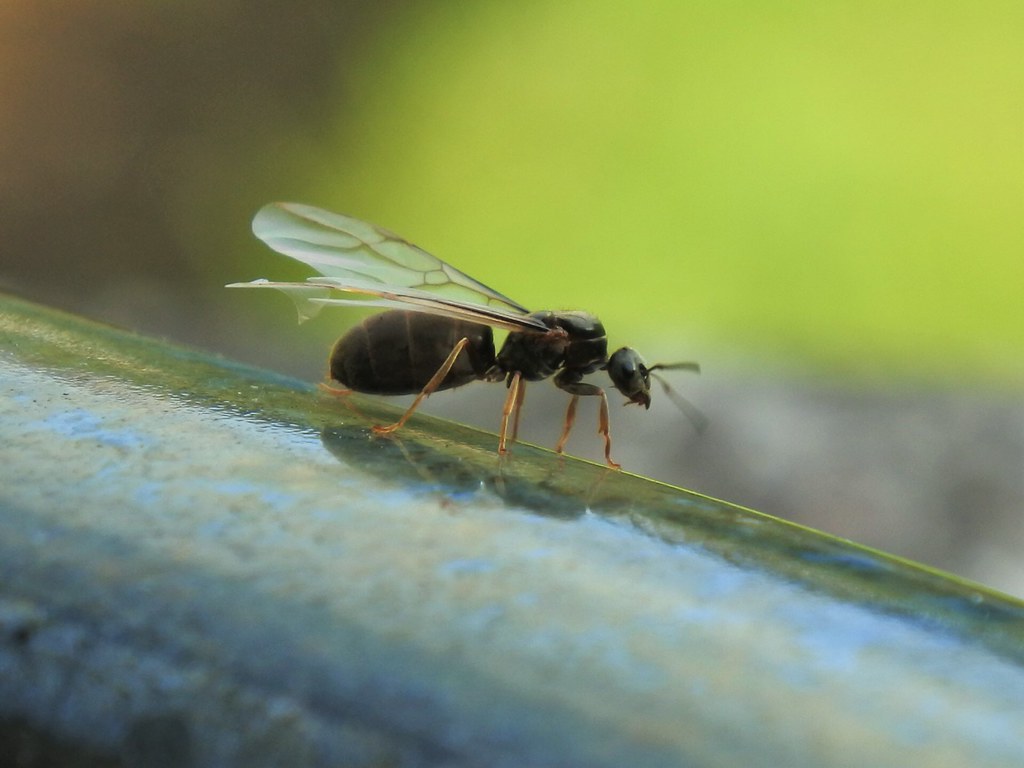
Flying ants might seem like a completely different species from their ground-dwelling cousins, but they’re actually the same insects in their reproductive phase. These winged ants spend most of their lives working underground, emerging only when rainfall creates the perfect conditions for their mating flights.
The phenomenon is so tied to wet weather that it’s often called “Flying Ant Day,” though it can actually occur multiple times throughout the summer. After a warm rain, you’ll suddenly notice winged ants everywhere – crawling out of cracks in sidewalks, emerging from garden beds, and filling the air with their clumsy flight patterns.
These flying ants are on a mission to establish new colonies, and the post-rain environment provides the ideal humidity and temperature conditions for their success. The moisture also makes the soil easier to penetrate when they land to start digging their new homes.
Springtails: The Soil’s Hidden Acrobats
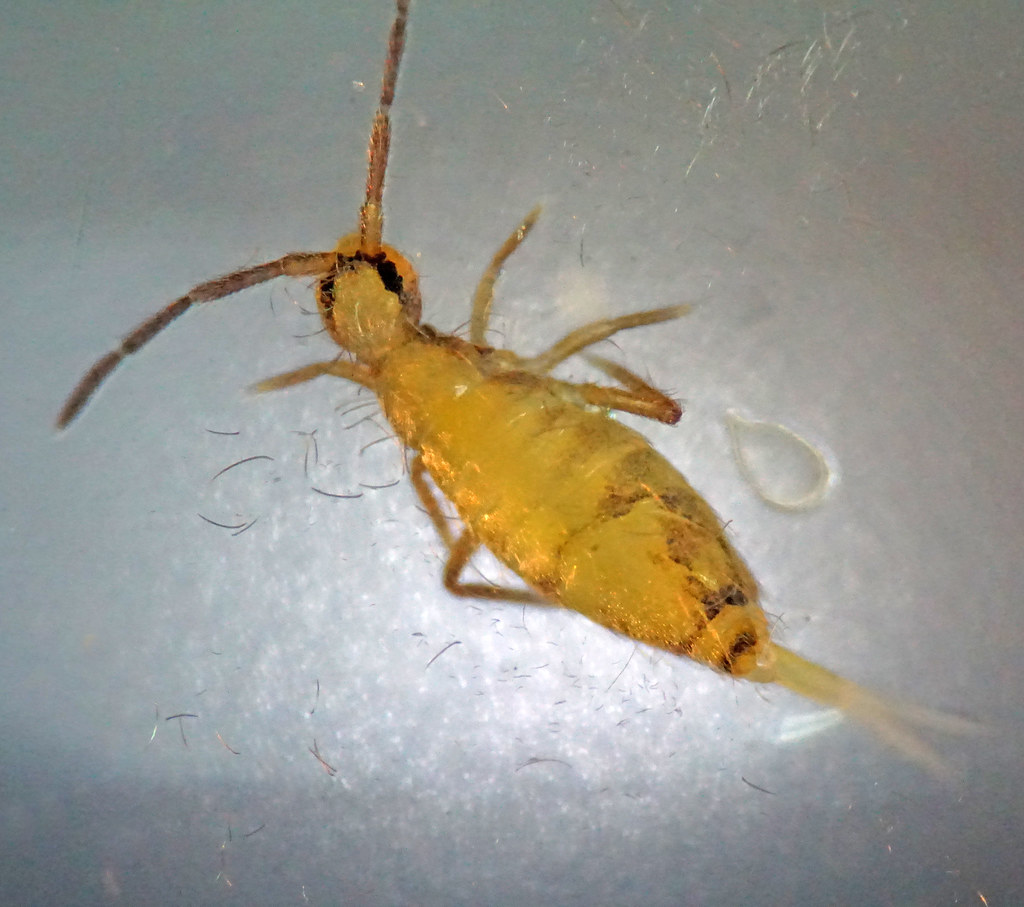
Springtails are among the most abundant insects on Earth, yet most people have never noticed them. These tiny, primitive insects live in soil and leaf litter, emerging in massive numbers after rainfall creates the moist conditions they desperately need.
What makes springtails truly unique is their ability to launch themselves into the air using a specialized appendage called a furcula. After a rain, you might notice tiny dark specks seeming to jump randomly on puddles and wet surfaces – these are springtails taking advantage of the moisture.
The rain brings them to the surface because it creates the perfect humidity levels for their survival. These creatures are incredibly sensitive to desiccation, so they time their surface activities precisely with periods of high moisture. During dry spells, they retreat deep into the soil, waiting patiently for the next rainfall.
Fungus Gnats: Dancing in the Dampness
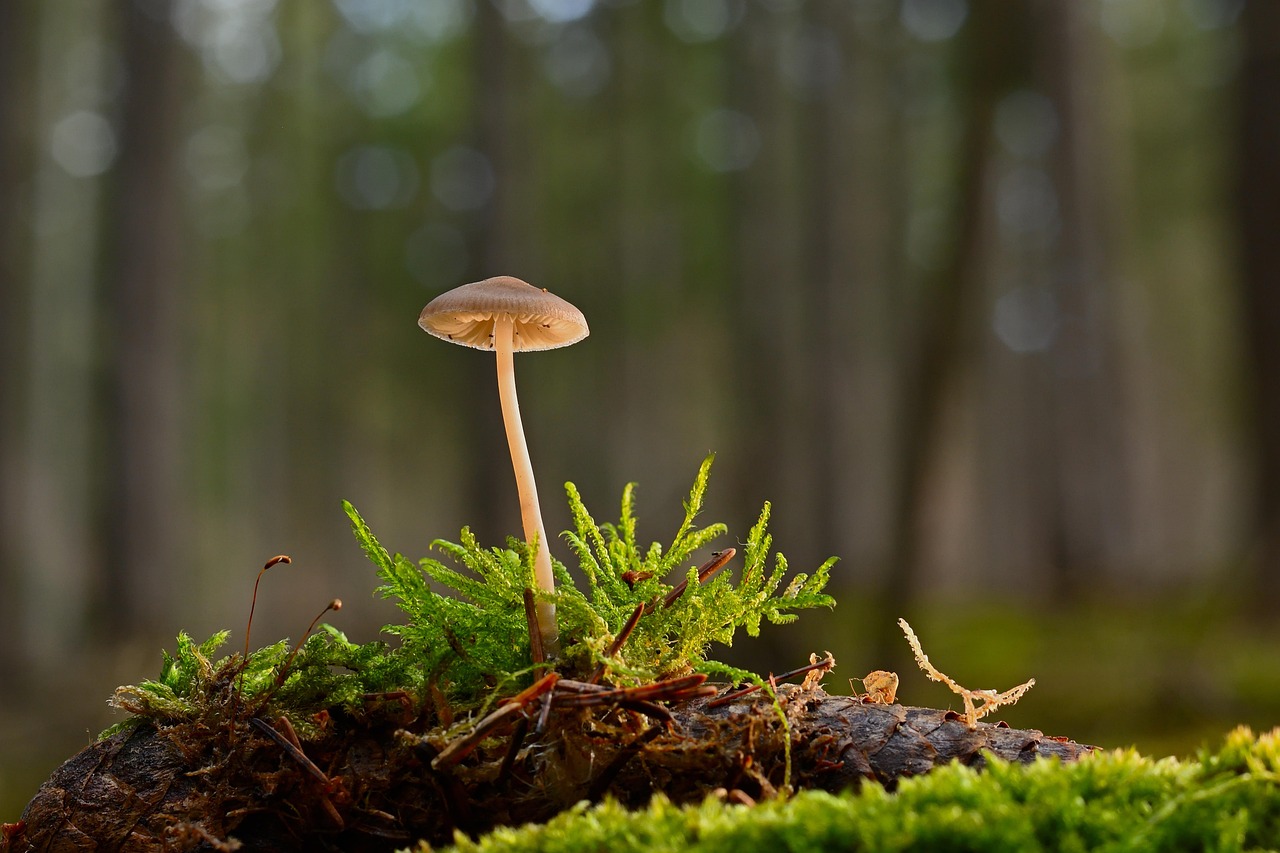
Fungus gnats are those tiny, dark flies that seem to appear out of nowhere after a good rain. These delicate insects spend their larval stage feeding on fungi and organic matter in moist soil, emerging as adults only when conditions are sufficiently humid.
The connection between fungus gnats and rainfall is particularly strong because their food source – fungi – also thrives in wet conditions. After rain, both the fungi and the gnats that feed on them experience population booms. You’ll often see clouds of these tiny flies hovering over damp areas, creating an almost ethereal dance in the humid air.
While they might seem like a nuisance, fungus gnats actually play a crucial role in decomposition and nutrient cycling. Their emergence after rain helps accelerate the breakdown of organic matter, making nutrients available to plants just when they need them most.
Drain Flies: The Bathroom’s Mysterious Visitors
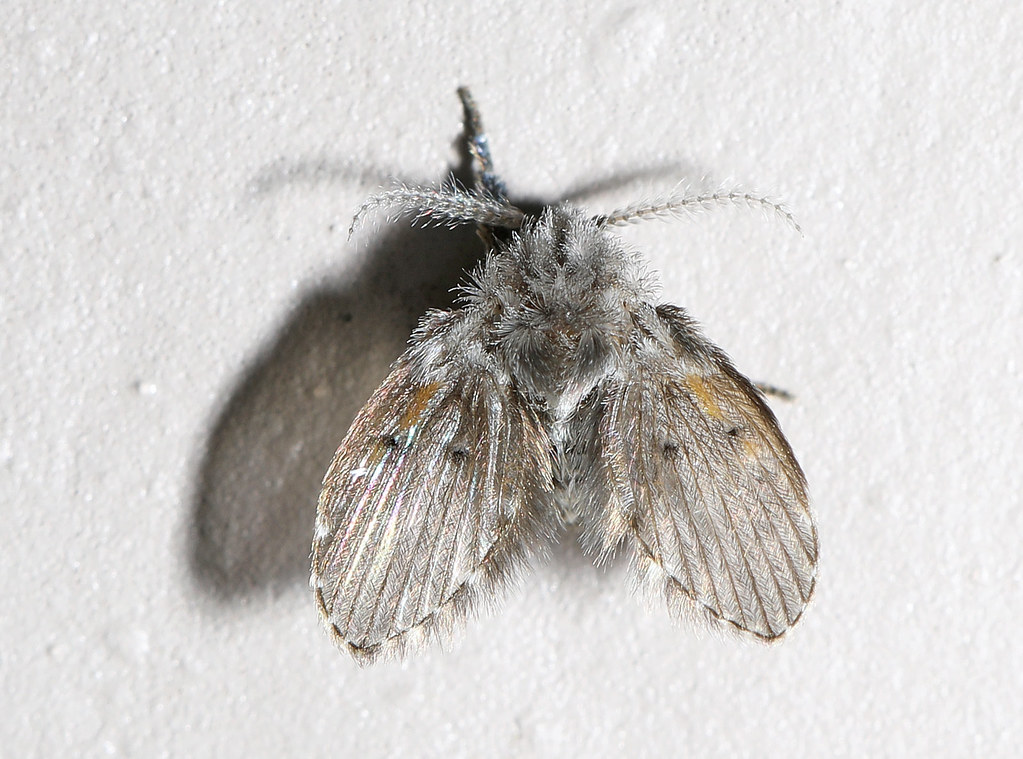
Drain flies, also known as moth flies, are those small, fuzzy-looking insects that seem to materialize in bathrooms and kitchens after heavy rains. These unusual flies breed in the organic matter that accumulates in drains, sewers, and other moist environments.
Heavy rainfall can cause drain systems to back up or overflow, creating the perfect breeding conditions for these insects. The increased moisture and disturbed organic matter provide ideal nursery conditions for their larvae. Within days of a significant rain event, you might notice these small, moth-like flies hovering around sinks and drains.
What’s particularly interesting about drain flies is their incredibly rapid reproduction cycle. Under ideal post-rain conditions, they can go from egg to adult in just over a week, allowing populations to explode seemingly overnight.
Crane Flies: The Gentle Giants
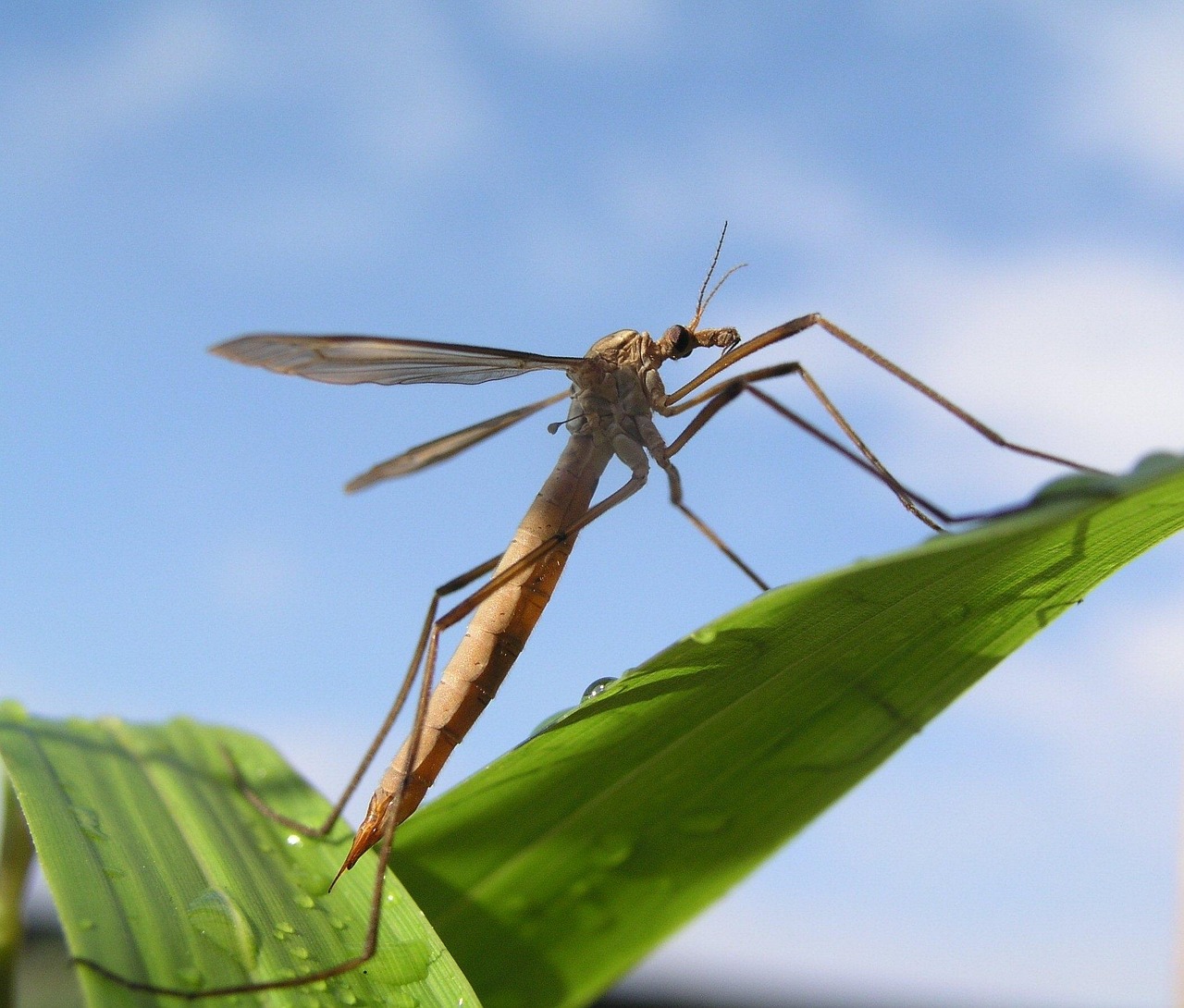
Crane flies, often mistaken for giant mosquitoes, are actually harmless insects that emerge in large numbers after rainfall. These long-legged, delicate flies spend their larval stage in moist soil, emerging as adults when rain creates the perfect conditions for their survival.
The sight of crane flies bumbling through the air after a rain shower is unmistakable. Their awkward flight patterns and tendency to crash into lights and windows make them highly visible during their brief adult lives. Despite their imposing size, adult crane flies don’t bite or sting – they’re focused entirely on reproduction.
Rain triggers their emergence because it softens the soil, making it easier for them to dig their way to the surface. The increased humidity also helps protect their delicate bodies from desiccation, giving them the precious time they need to mate and lay eggs.
Midges: The Swarming Clouds
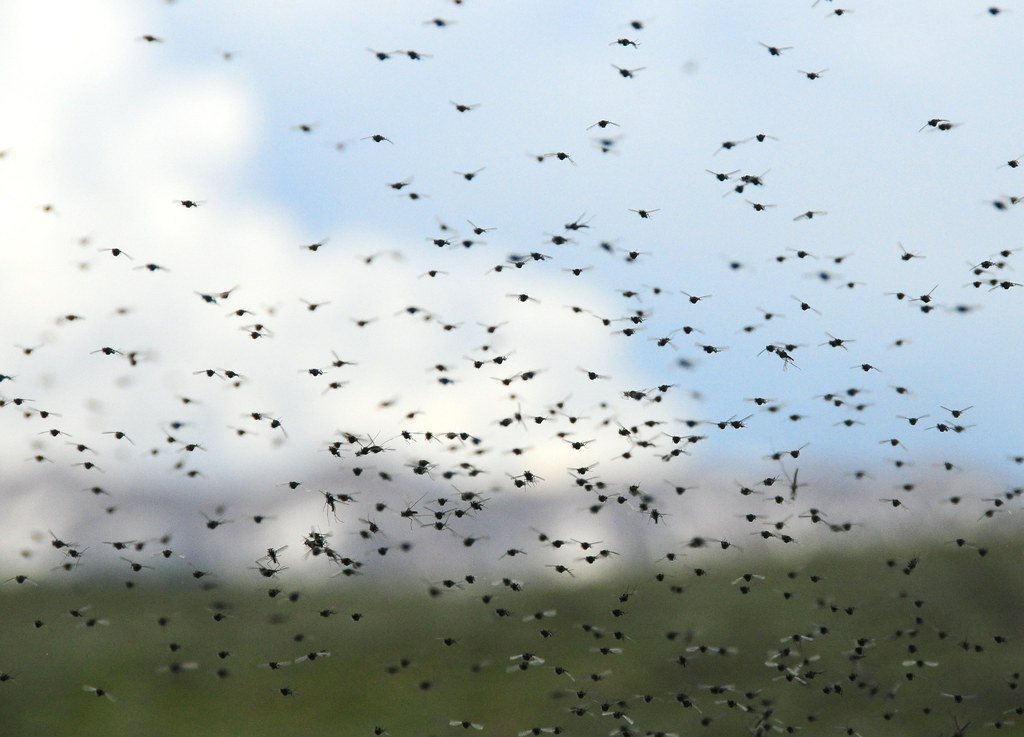
Midges are tiny flies that create some of the most dramatic post-rain insect displays. These non-biting insects (often confused with mosquitoes) emerge in massive swarms after rainfall, creating clouds of dancing insects that can be visible from great distances.
The emergence of midges after rain is tied to their aquatic larval stage. Many species live in temporary pools, puddles, and waterlogged areas that only form after significant rainfall. When these habitats reach maturity, adult midges emerge simultaneously, creating the spectacular swarms that characterize post-rain evenings.
These swarms serve an important ecological function, providing food for countless birds, bats, and other insects. The timing of their emergence with rainfall ensures they appear exactly when their predators need them most, creating a perfectly orchestrated natural cycle.
Psocids: The Bark Lice Liberation
Psocids, commonly known as bark lice or booklice, are tiny insects that become much more active and visible after rainfall. These minute creatures normally hide in bark crevices, under leaves, and in other protected areas, emerging in greater numbers when humidity levels spike.
The relationship between psocids and rain is particularly interesting because these insects feed on fungi, algae, and organic matter that flourish in wet conditions. After a rain, their food sources become more abundant and accessible, triggering increased activity and reproduction.
You might notice psocids as tiny, fast-moving specks on tree bark or outdoor surfaces after a shower. Their increased activity after rain makes them much more visible than during dry periods, when they remain hidden in microscopic crevices.
Earwigs: Emerging from Their Hideouts
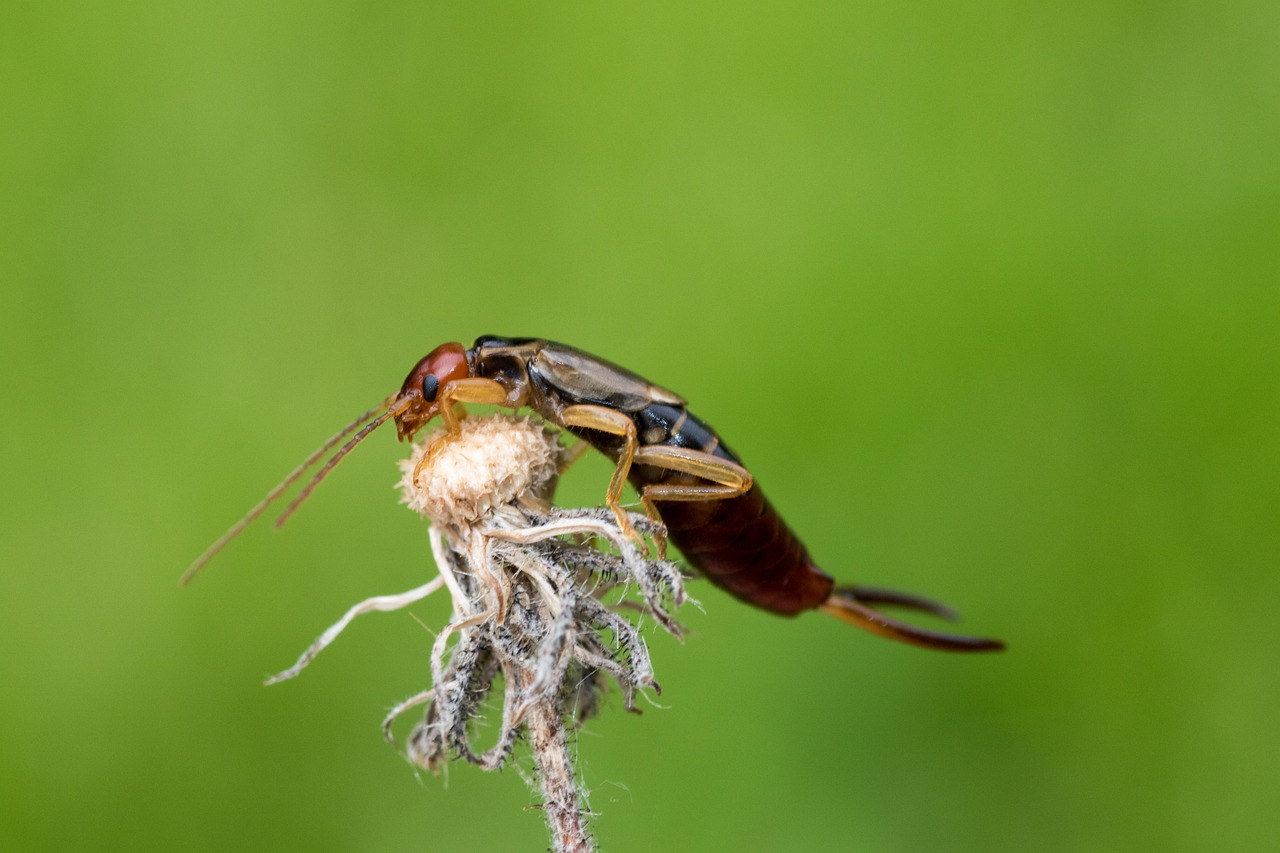
Earwigs are nocturnal insects that become significantly more active after rainfall. These distinctive insects with their characteristic pincer-like appendages spend dry periods hiding in mulch, under stones, and in other protected areas. Rain brings them out of hiding and makes them much more visible.
The moisture from rain creates ideal conditions for earwigs to hunt for their prey, which includes various small insects and organic matter. The dampness also helps protect their sensitive exoskeleton from desiccation. After a good rain, you’re much more likely to encounter earwigs in gardens, on patios, and around outdoor lighting.
What makes earwigs particularly interesting is their maternal behavior. Female earwigs actually tend to their eggs and young nymphs, and the increased activity after rain often coincides with the time when mothers are leading their offspring to new feeding areas.
Silverfish: The Ancient Survivors
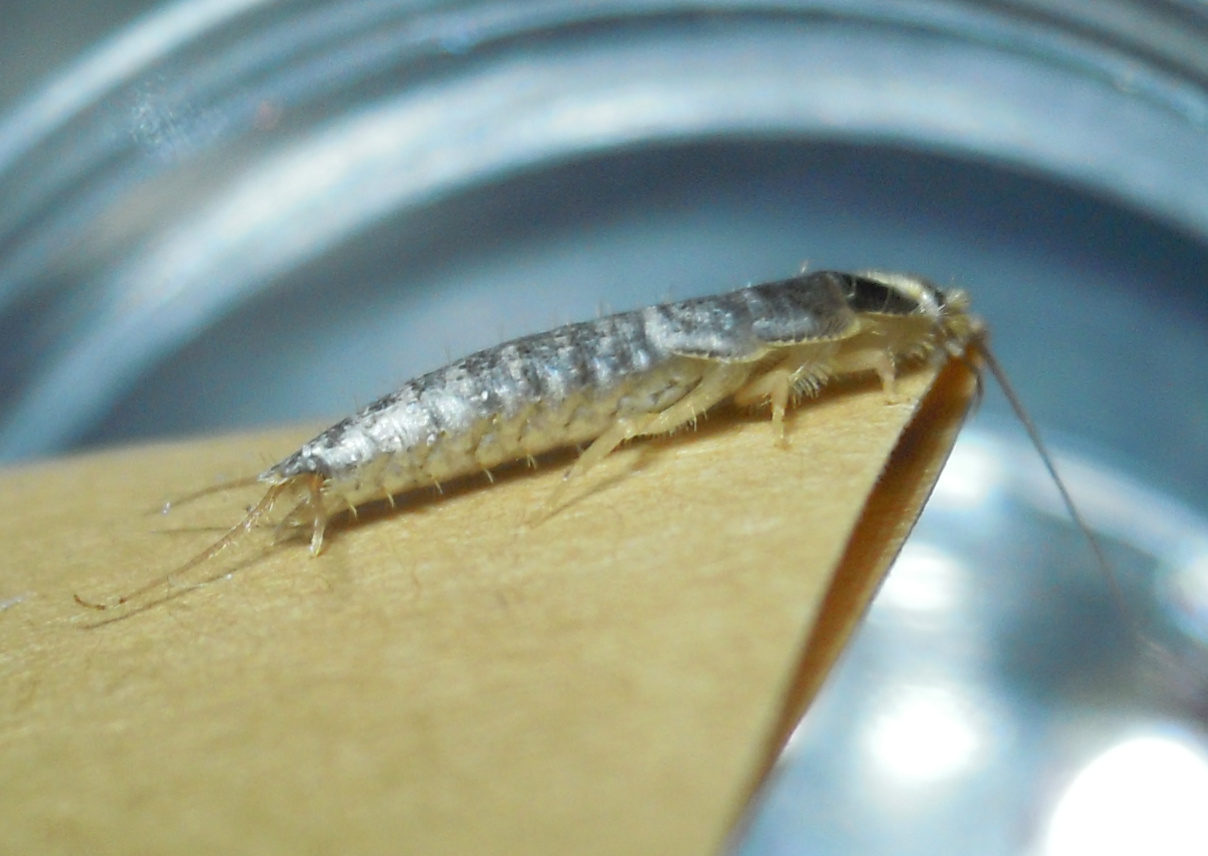
Silverfish are primitive, wingless insects that have survived virtually unchanged for millions of years. These silvery, fish-like creatures become much more active after rainfall, emerging from their usual hiding places in basements, attics, and other dark, moist areas.
The increased humidity that follows rain creates ideal conditions for silverfish activity. These insects are extremely sensitive to moisture levels and become more adventurous in their foraging when humidity is high. You might notice them darting across bathroom floors or appearing in previously unoccupied areas of your home after a rainstorm.
Rain also affects the availability of their food sources, which include various organic materials like paper, clothing, and dead insects. The increased moisture makes these materials more accessible and easier to consume, triggering increased silverfish activity.
Why This Matters for Our Understanding of Nature
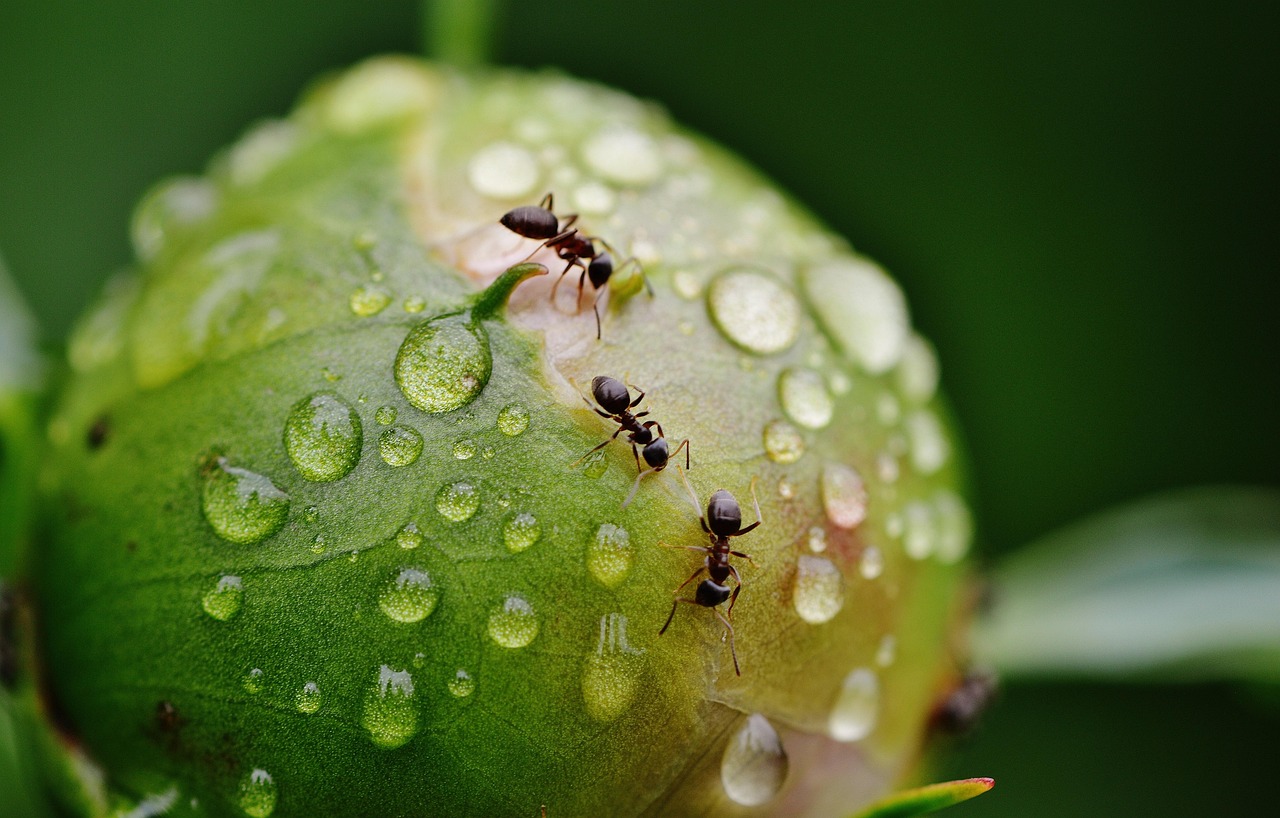
The phenomenon of rain-triggered insect emergence reveals the incredibly sophisticated timing mechanisms that govern life in the natural world. These insects have evolved over millions of years to recognize and respond to the precise environmental conditions that maximize their chances of survival and reproduction.
Understanding these patterns helps us appreciate the complex interconnections in nature. When we see insects emerging after rain, we’re witnessing the result of countless generations of natural selection, where only those individuals with the best timing survived to pass on their genes.
This knowledge also has practical implications for pest management, gardening, and conservation efforts. By understanding when and why certain insects emerge, we can better predict and manage their populations while also appreciating their important ecological roles.
The next time rain begins to fall, take a moment to consider the incredible drama unfolding in the insect world. Millions of tiny creatures are responding to signals we can barely perceive, emerging from their hidden worlds to dance briefly in the moisture-rich air before disappearing again into the earth. It’s a reminder that nature’s most spectacular shows often happen on the smallest scales, right under our noses.
What secrets might be hiding in your own backyard, waiting for the next rainfall to reveal them?
